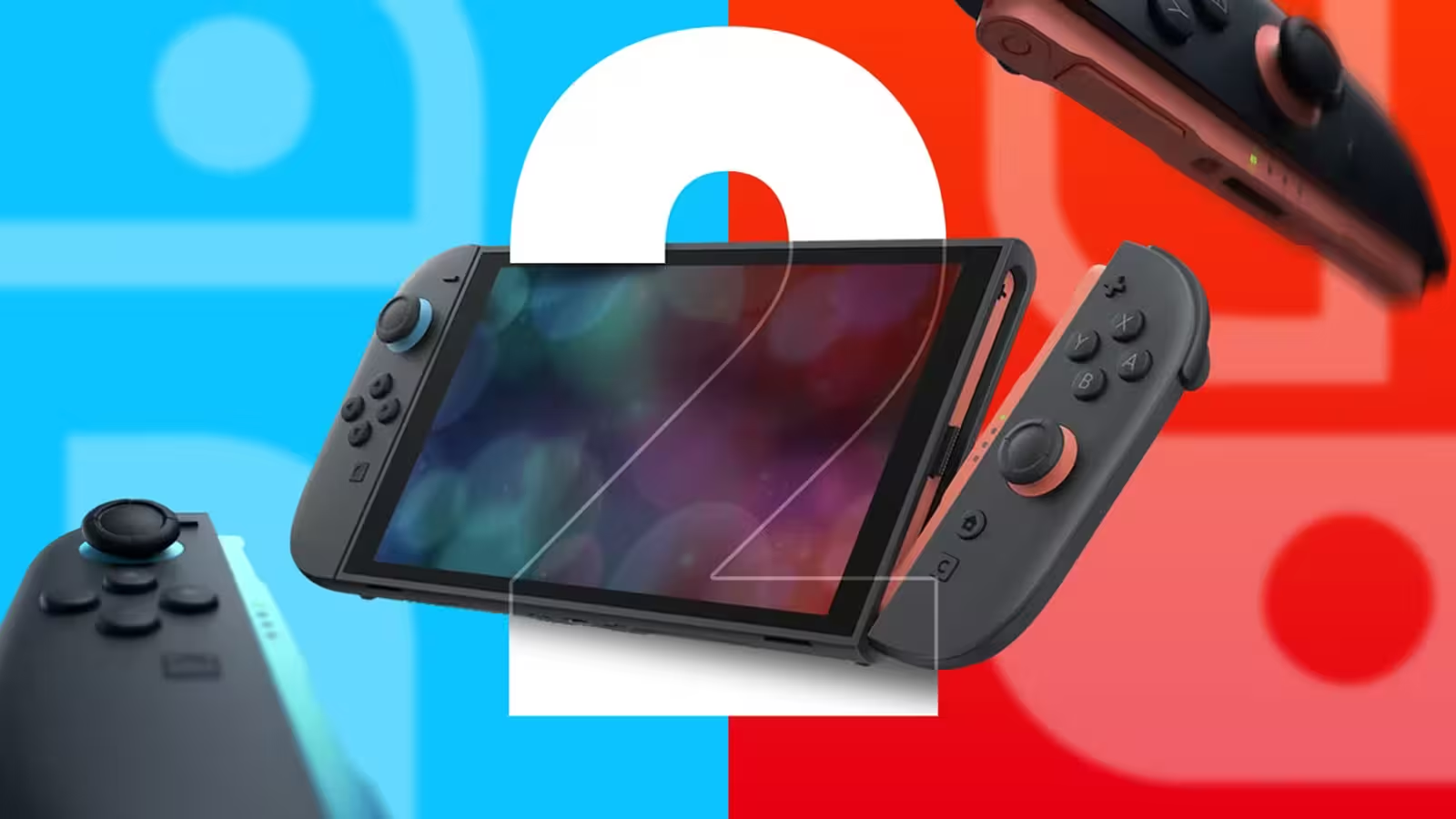4 Minutes
Nintendo Switch 2: A Powerful Upgrade with a Display Drawback
The launch of the Nintendo Switch 2 has ignited excitement among gaming enthusiasts worldwide, thanks to its enhanced hardware performance and improved display size. However, many early adopters have reported that the gaming experience doesn't always feel as smooth as expected, despite the upgraded specs. The culprit isn't lag or frame rate drops—it’s the new display technology implemented in Nintendo’s latest hybrid console.
Bigger, Brighter, and More Colorful—But Not Always Faster
The Nintendo Switch 2 boasts a 7.9-inch 1080p IPS LCD screen, supporting refresh rates up to 120Hz and HDR10 for richer visuals. The larger, sharper display promises immersive handheld gaming for fans of popular franchises like Zelda, Mario, and Pokémon. Notably, the new panel offers a higher peak brightness of 430 nits (compared to the original Switch's 320 nits) and a vastly expanded color gamut, covering 98% of the DCI-P3 color spectrum. This results in more vibrant, true-to-life colors—great for both new releases and classic titles.
Screen Response Times: The Unexpected Bottleneck
Despite these advancements, comprehensive tests by industry sources such as Monitors Unboxed have revealed a significant drawback: slow screen response times. The Nintendo Switch 2's display registers an average gray-to-gray response time of 33 milliseconds, with some pixel transitions exceeding 40 milliseconds. By comparison, the original Nintendo Switch LCD averaged a faster 21 milliseconds. This means the Switch 2 is roughly 50% slower in motion performance—a surprising step back for a next-generation console display.
Why Does This Matter for Gamers?
For dedicated gamers, especially those who value fast-paced action or competitive gaming, this slower response manifests as motion blur and ghosting during rapid scene changes or horizontal panning. In games with intense side-scrolling action or quick on-screen movements, the display's sluggish response can hinder the intended crispness, even when running at higher refresh rates.
Technical Trade-Offs: Battery Life vs. Visual Clarity
The main factor behind these slower response times appears to be Nintendo’s omission of "overdrive" technology—a feature common in modern high-performance IPS LCDs. Overdrive accelerates pixel transitions using boosted voltage but typically increases power consumption. With the Switch 2’s compact 19-watt-hour battery, Nintendo prioritized extending playtime on a single charge, making a conscious trade-off between battery efficiency and display speed. As a result, even at 60Hz, the display may require more than one frame interval to fully refresh, impacting overall motion clarity.
Display Upgrades and Color Depth
Despite response time concerns, the Switch 2 delivers meaningful improvements in brightness and color accuracy. The expanded color coverage ensures titles supporting HDR and wide color gamuts look especially vivid and engaging. However, some legacy Nintendo Switch games may not take full advantage of these upgrades, occasionally resulting in oversaturated visuals.
HDR Support and Limitations
Although the Switch 2 advertises HDR10 support and can process HDR signals, its IPS LCD foundation prevents true high dynamic range performance. The contrast ratio remains limited and the absence of local dimming restricts the screen's ability to produce deep blacks and nuanced highlights, which are benchmarks for a genuinely immersive HDR experience.
Comparisons, Use Cases, and Market Impact
Compared to other handheld gaming devices and earlier Nintendo Switch models, the Switch 2’s display uniquely balances bigger, brighter visuals with longer battery life. For casual gamers and those focused on portable play, these attributes outweigh the drawbacks. Yet, for competitive players or tech enthusiasts, the slower panel may be noteworthy—especially if responsiveness and motion fluidity are priorities. This trade-off underscores Nintendo’s commitment to mainstream accessibility and energy efficiency over uncompromised display specs.
Conclusion: Not a Dealbreaker, but Worth Knowing
Ultimately, the Nintendo Switch 2 remains a strong contender in the portable gaming console market, offering meaningful upgrades for most users. Still, those with a keen eye for display performance or sensitive to blur effects should be aware that the slight softness or "ghosting" is not a sign of hardware lag but rather the result of targeted engineering choices. For the majority, these nuances are subtle; for power users, choosing the right device may come down to these finer technical details.
Source: howtogeek



Comments